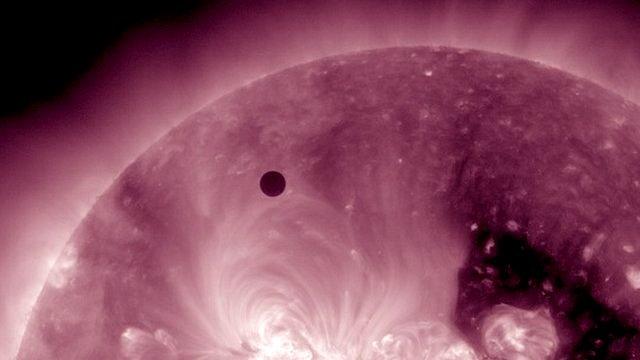Mercury completes journey across Sun
- Published
These Nasa images capture Mercury's journey
Skywatchers across the globe enjoyed an opportunity to see Mercury transit the Sun on Monday.
Mercury's sojourn between Earth and our star lasted from 11:12 until 18:42 GMT.
It was the third such pass of 14 this century; the little planet will not transit again until 2019 and then 2032.
The event is impossible - and dangerous - to view with the naked eye or binoculars, but astronomy groups worldwide offered the chance view it through filtered telescopes.
Views of the spectacle from space and ground telescopes were also streamed online.
They showed Mercury as a tiny black circle, smaller but darker than many sunspots, slowly traversing the Sun's giant yellow disc.

Where to view the transit of Mercury
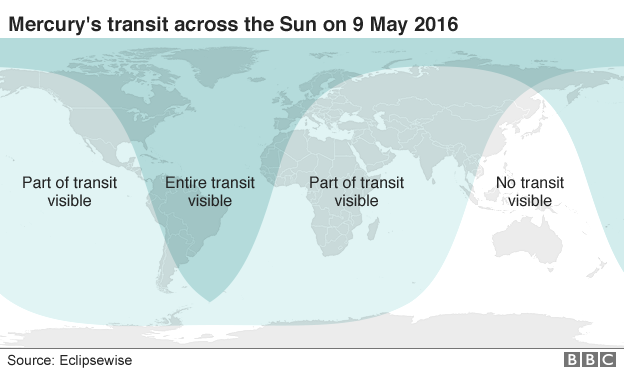
The UK's Royal Astronomical Society, external has a list of public viewing events and a guide for schools
Nasa's Solar Dynamics Observatory, external is making images from its satellite available in real time
The European Space Agency is streaming live images, external and hosting a Google Hangout, external

Mercury spins around the Sun every 88 days, but its orbit is tilted relative to the Earth's. It is that discrepancy which makes it relatively rare for the three bodies to line up in space.
From western Europe, north-western Africa and much of the Americas, Mercury's seven-and-a-half-hour glide across the Sun was visible in its entirety. A further swathe of the planet (see map above) was able to catch part of the transit, depending on local sunrise and sunset times.
The only land masses to miss out completely were Australasia, far eastern Asia and Antarctica.
Because Mercury is so small - just one-third as big as Earth and, from our perspective, 1/150th of the Sun's diameter - its transit could only be glimpsed under serious magnification; the "eclipse glasses" used by thousands of people to view last year's solar eclipse were useless.
And to avoid permanent eye damage, telescopes had to be fitted with a solar filter before being trained on the Sun. The British Astronomical Association explained on its website, external how amateur stargazers could enjoy the spectacle safely.
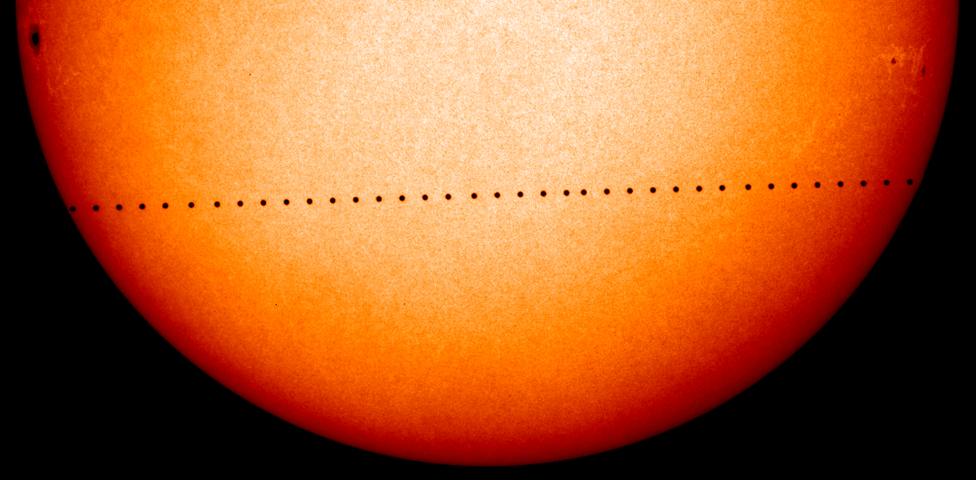
This composite image traces the 2006 Mercury transit, as seen by the Soho space telescope
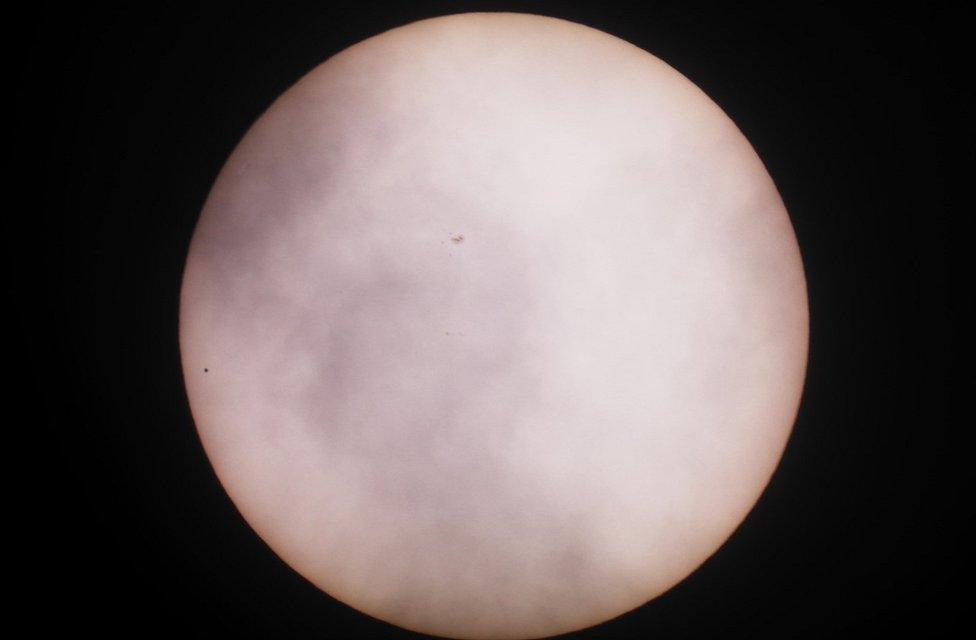
This photo by April Harper from Blunham, Bedfordshire, was taken after midday and sent into the BBC's Weather Watchers website
Open University's Prof David Rothery said the celestial event did not present any novel scientific opportunities - but was special nonetheless.
"From this transit, we're unlikely to learn anything we don't already know," he told BBC Inside Science. "But what a wonderful event for showing people Mercury. It's a hard planet to see.
"Historically, transits were of immense importance."
In the 1700s, for example, it was observations of Mercury and Venus slipping across the Sun that allowed astronomers, led by Edmund Halley, to pin down the dimensions of the known Solar System.
Prof Rothery is a Mercury expert and a leading scientist on the European Space Agency's BepiColombo, external mission to the diminutive planet, which will launch in 2017 or 2018.
Mercury has already been visited by two Nasa probes: Mariner 10 flew past in 1974 and 1975 and Messenger spent four years in orbit until its planned crash landing in 2015.
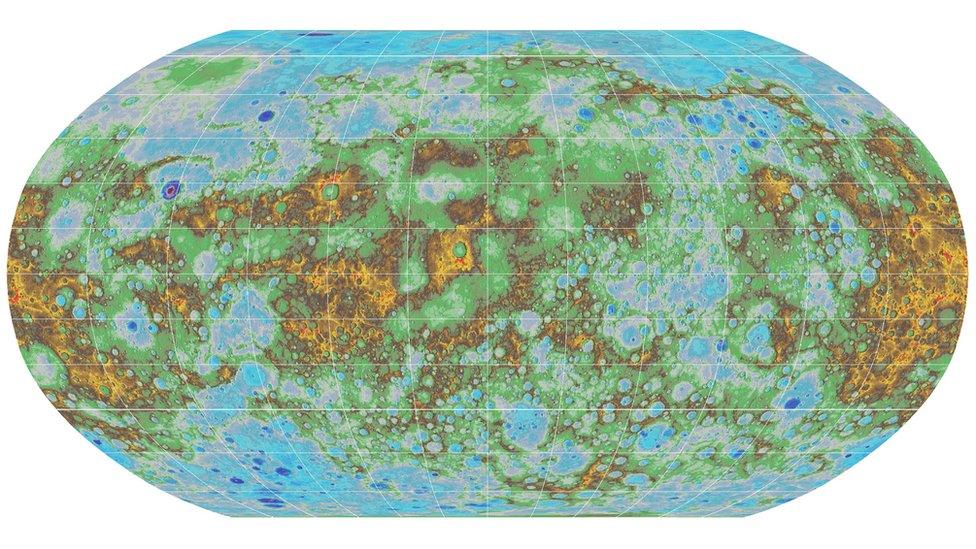
The team behind Nasa's Messenger mission has released the first topographic map of the smallest planet
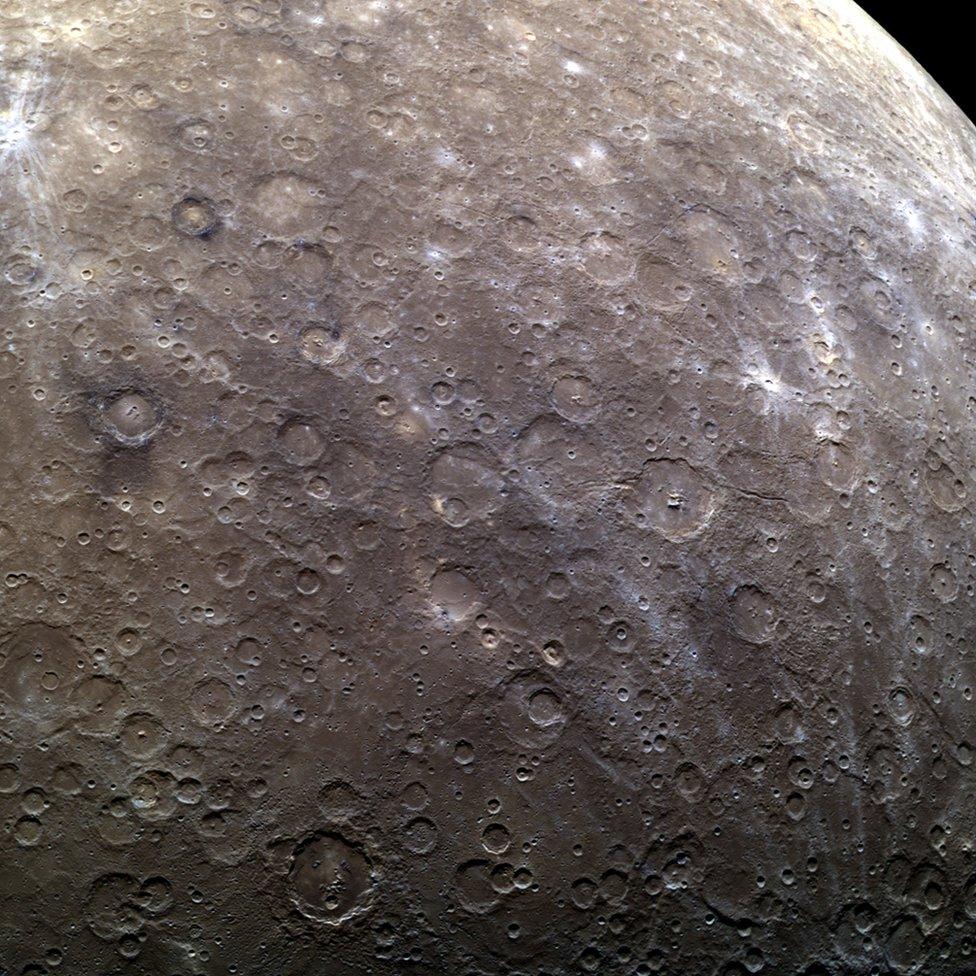
Messenger spent four years in orbit taking images and measurements of Mercury
"[Messenger] told us an awful lot. It really told us we don't understand Mercury - because there's a lot of things which just don't stack up," Prof Rothery said.
"It's an airless body, with lots of craters... But there's been a long history of volcanic activity, fault activity - and the composition, that began to be revealed by Messenger, is weird.
"There's very little iron at the surface but it must have a ginormous iron core, because it generates a magnetic field - which Venus, Mars and the Moon don't."
- Published7 March 2016
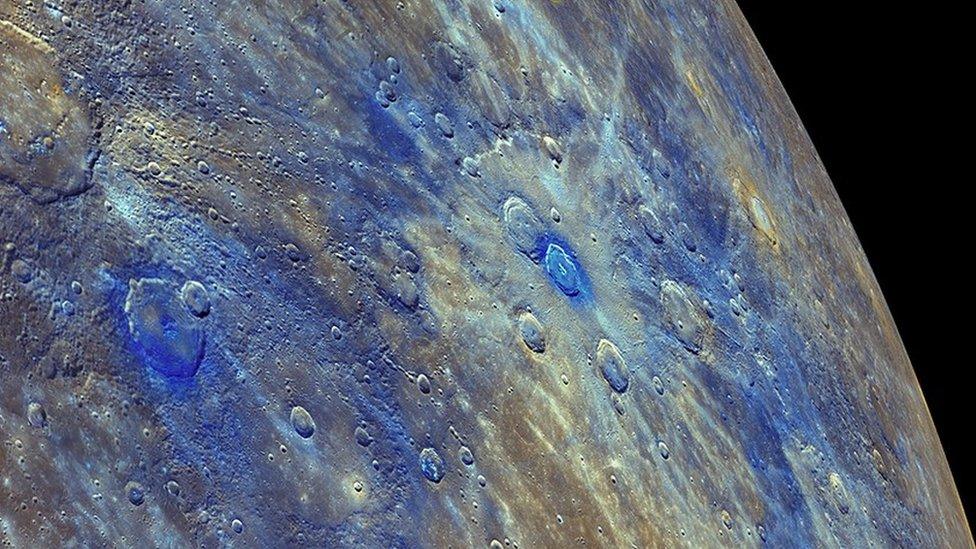
- Published30 April 2015
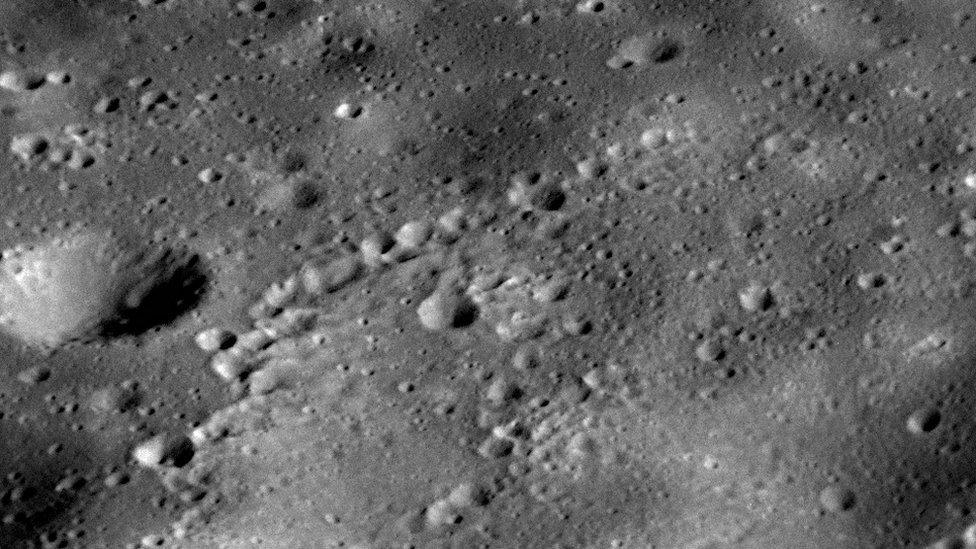
- Published16 March 2014
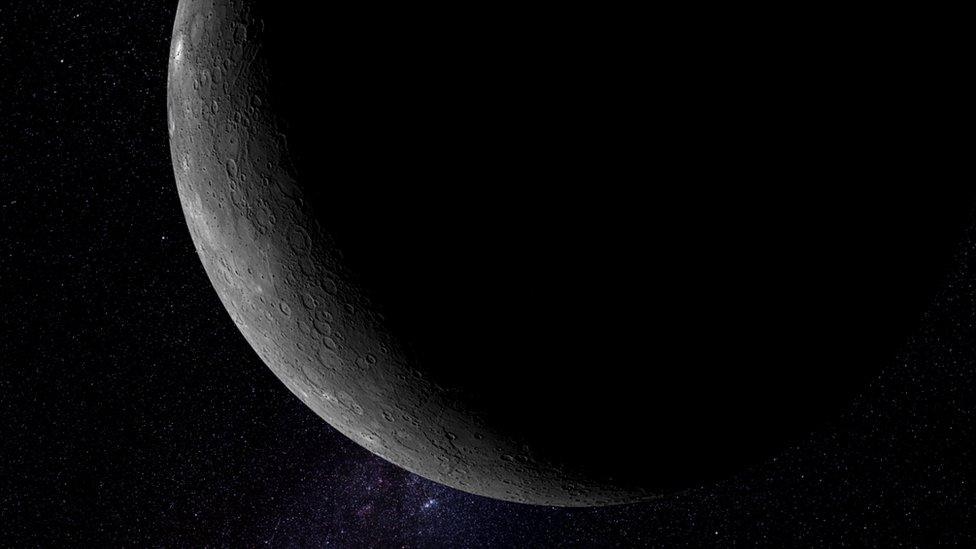
- Published6 June 2012
